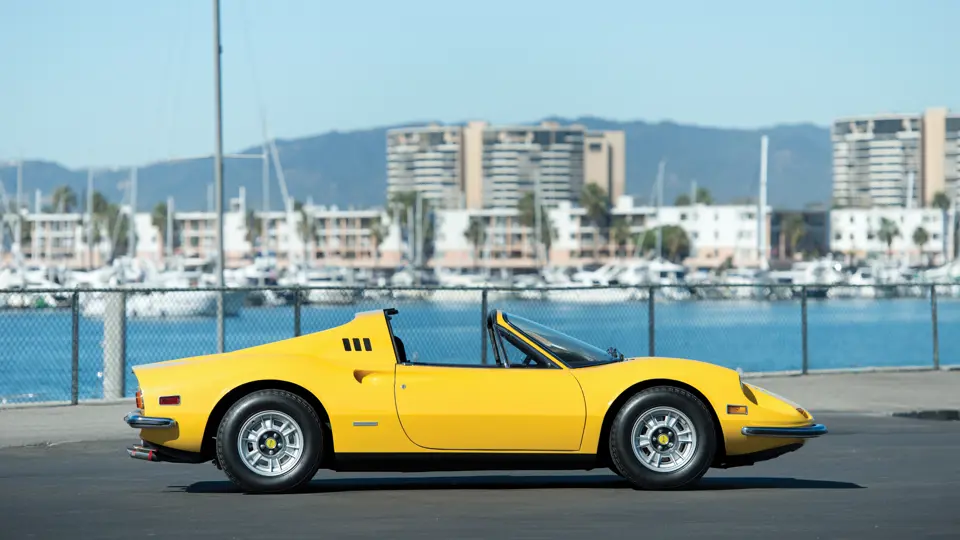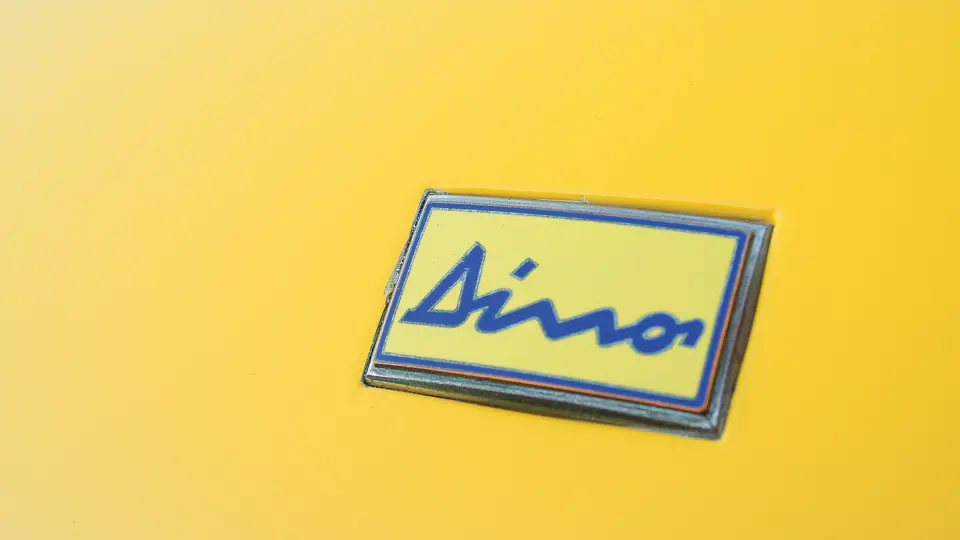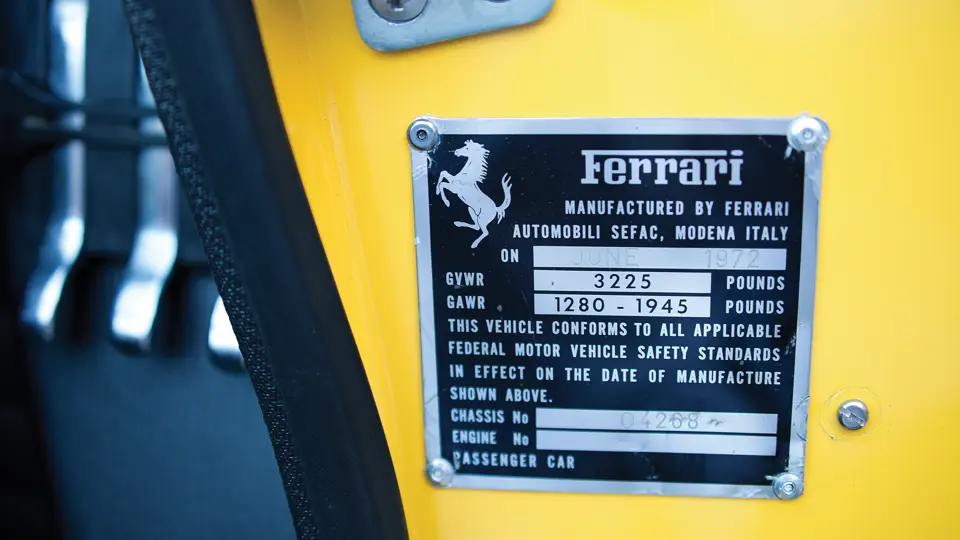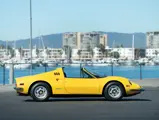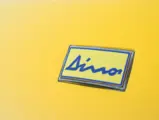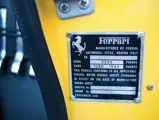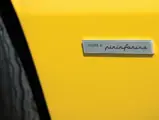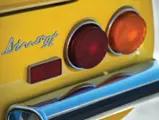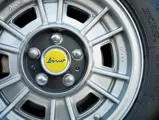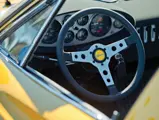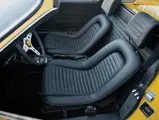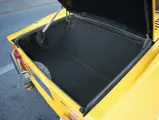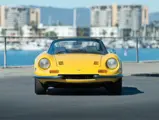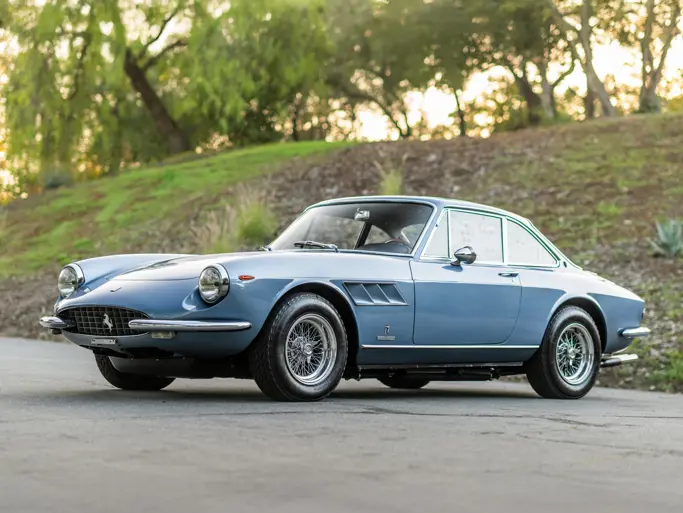175 bhp, 2,419 cc four overhead-camshaft V-6 engine with triple Weber 40DCNF/7 carburetors, five-speed manual transaxle, four-wheel independent suspension, and four-wheel disc brakes. Wheelbase: 92.1 in.
Today, it could be argued that Enzo Ferrari’s son, Alfredo “Dino” Ferrari, was as forward-looking as his father. Recognizing the potential for small displacement, high-technology six-cylinder engines, his vision is more relevant today than ever before.
Dino, a trained engineer, passed tragically at the age of 24, just as he began making a case for performance-oriented six-cylinder engines for the brand’s racing efforts. In the days leading up to his passing, Dino discussed the technical details of a small V-6 engine with Ferrari engineer Vittorio Jano. The image of the two engineers—one whose bright career was cut short and the other a legend in his own time—gathering at young Dino’s hospital bed to share information in the last days of his life is almost impossible to fathom.
The small V-6 eventually made it into production as a 1,987-cubic centimeter unit, which allowed Ferrari to qualify for Formula Two racing. Matching the audacity of the small engine was Enzo’s reluctant decision to fit it in a mid-engined body. Convinced in part by Sergio Pininfarina himself, Enzo relented and allowed a prototype to be built. As often proved the case, Pininfarina’s design was met with critical acclaim. Shortly thereafter, a prototype called the Dino 206 GT was born. It was first displayed at the 1965 Paris Motor Show, before being updated for the 1966 Turin Salon, and then it was put into production in 1968, as Ferrari's first mid-engined model to be offered to the brand’s devotees.
The Dino nomenclature not only came as a tribute to Enzo's son, but it was also designed to give Ferrari some breathing room, as it created a rival to cars like the Porsche 911. Although the cars lacked Ferrari badging and their engines were assembled under Fiat’s watch, they were Ferraris through and through. In fact, the engine was later used in the revolutionary road going Lancia Stratos.
All the owners and the contemporary press needed to hear was the aggressive, Modena-bred exhaust note that emanated from the sinewy, Pininfarina-penned bodylines to know that the Dino had been created by Maranello’s engineers. For 1969, the Dino’s V-6 was enlarged to 2,418 cubic centimeters, giving the 206 its new 246 nomenclature. The 65-degree motor featured an iron block with alloy heads, and in North American configuration, it could produce an impressive 175 horsepower. This was a high figure during the emissions-strangled mid-1970s, and it was nonetheless down about 20 ponies from its full-breathing European cousin.
While most 206 GTs stayed within the borders of Italy, the 246 GT was better marketed globally. It was a success almost immediately at its launch, and it spawned the open-top GTS Spider in 1972. Although the 246 GT Dino was Ferrari’s best seller to date, fewer than 3,800 were produced before production came to a close in 1974. However, their responsive handling and free-revving engines characterized Ferrari well into the 1990s, giving the Dino a long-lasting appeal that serves as a fitting tribute to the short but highly influential life of Enzo Ferrari’s son.
This 1972 Ferrari Dino 246 GTS has been a California car since new, and it has passed through just two owners in its 41-year history. It is a high-specification example that was originally delivered with both air conditioning and power windows. Although it lived a sheltered and pampered life on the West Coast, this Dino Spider has recently been brought up to a high standard, thanks to a recent engine-out restoration. Approximately $85,000 was spent on the restoration, and it included such aspects as repainting the car and removing its 2,419-cubic centimeter V-6 engine for servicing. Additionally, during restoration, the Dino received a new interior, rubber, dash, and carpets, and its wheels were refinished and shod with new tires. Furthermore, the underside was stripped and refinished with correct cad plating and bushings, and the suspension was completely rebuilt.
This mid-engined sports car has been finished in the correct Giallo Fly paint scheme over a rich black leather interior, and it remains an exceptional example outside and beneath its engine cover. Lifting its engine cover reveals an engine that is both beautiful inside and on the surface, where it has been meticulously detailed.
The 246 GTS Dino’s next owner will receive a complete set of books and tools, and the car will be delivered with its original, period-correct blue California license plates, which confirm its enviable West Coast pedigree. Inside, the Dino's seats and door panels have been correctly recovered, and its new dashboard exhibits nary a crack or mark. Careful detailing is evident throughout, and the lush black carpeting serves as a reminder that, although this was Ferrari’s entry-level range, it was still a premium vehicle for a discerning clientele.
That audience remains even more passionate today, where the Ferrari Dino 246 GTS is as relevant as ever in a world of downsized, increasingly power-dense engine lineups. This 246 GTS is a highly presentable example that is ready to be enjoyed by its next owner.





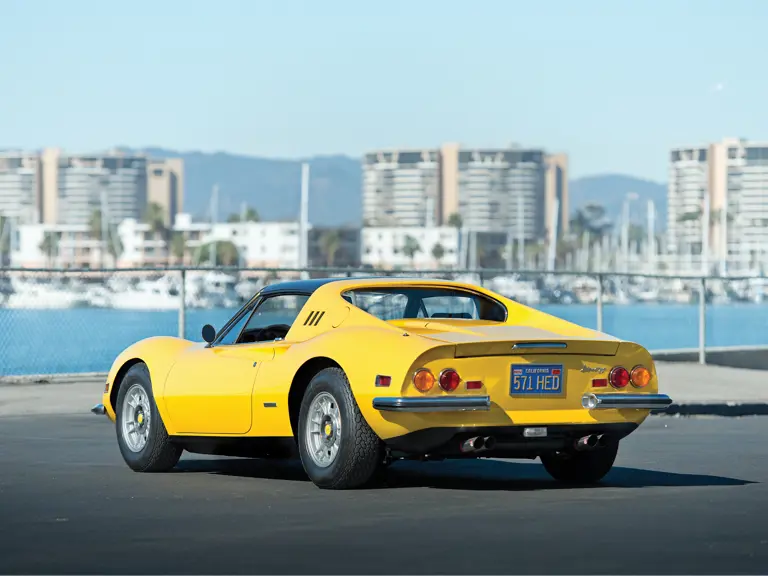

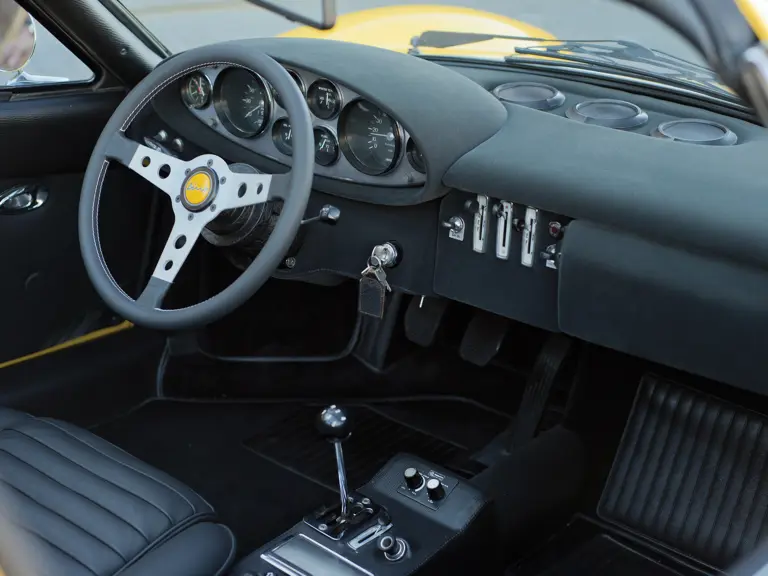
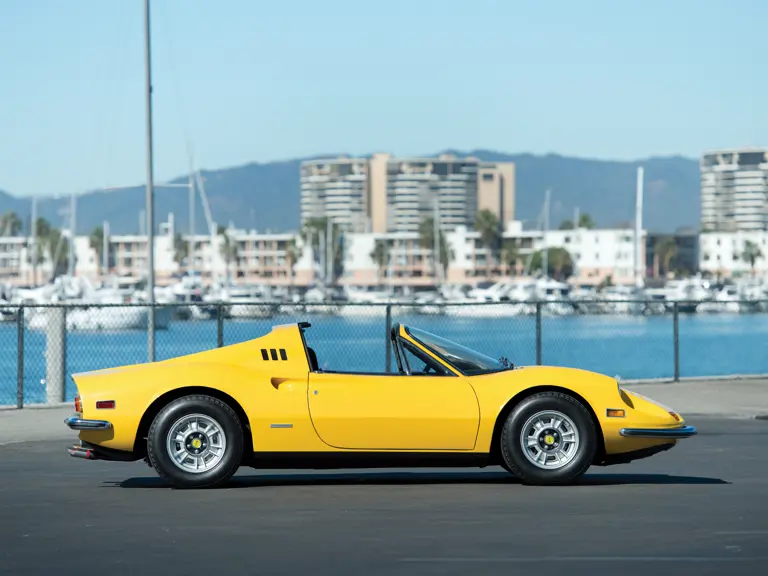
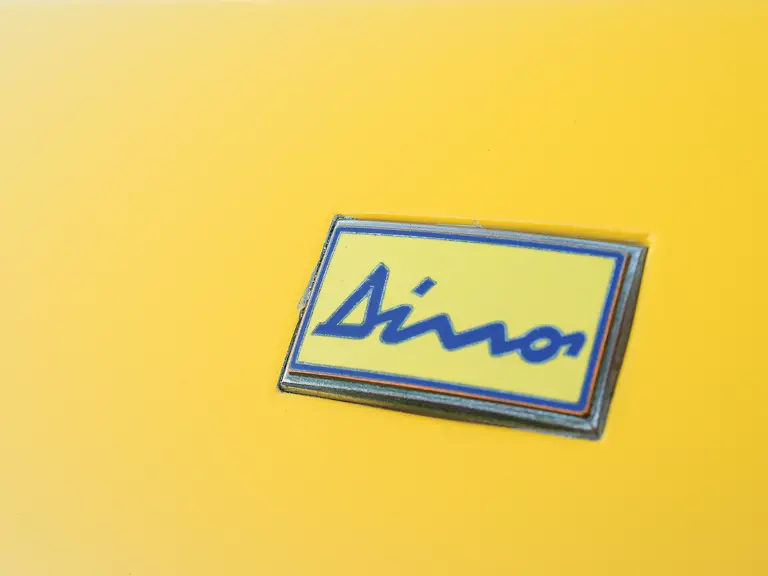
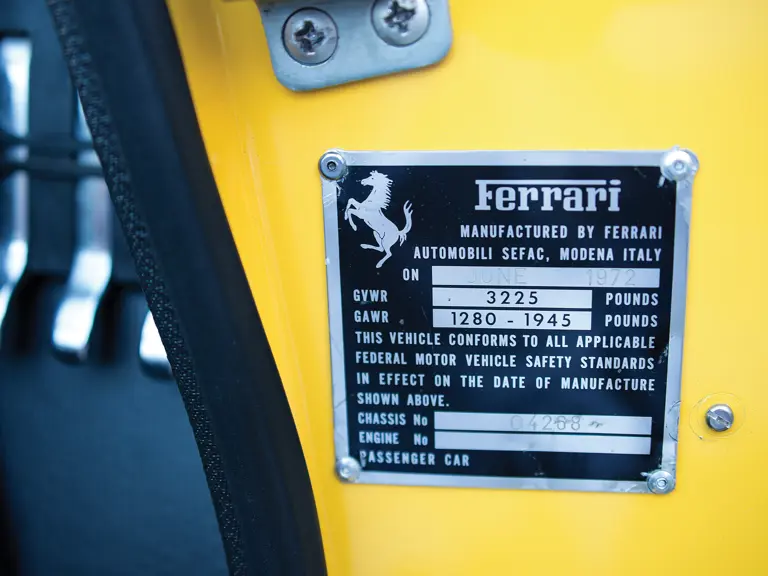
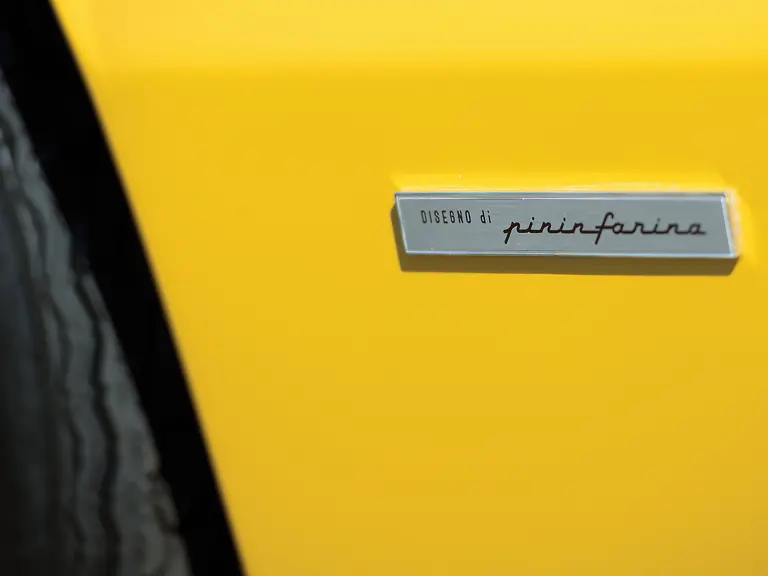
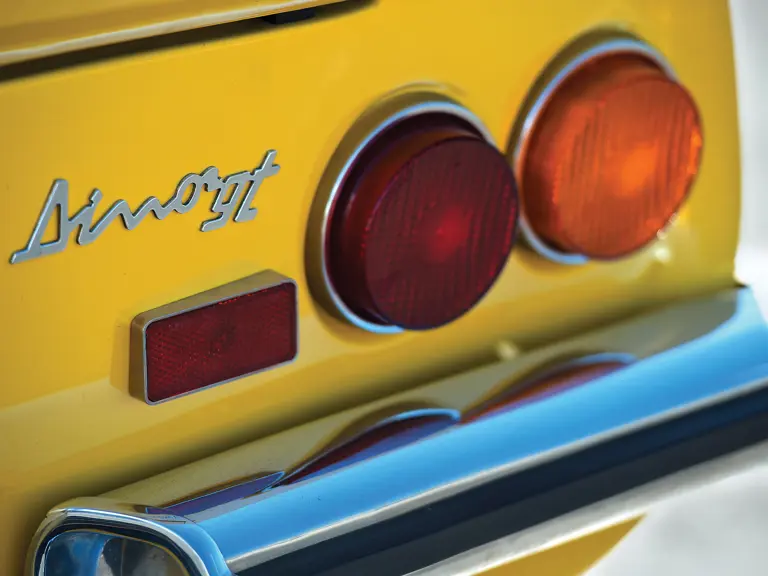
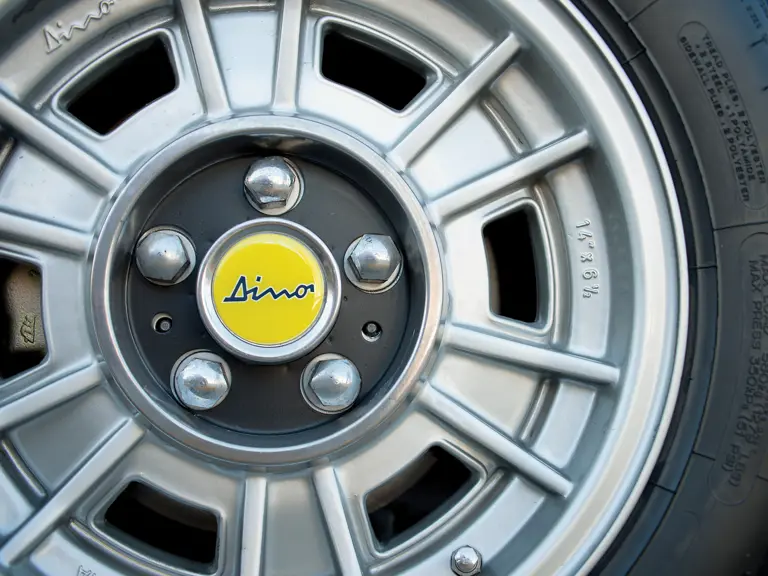
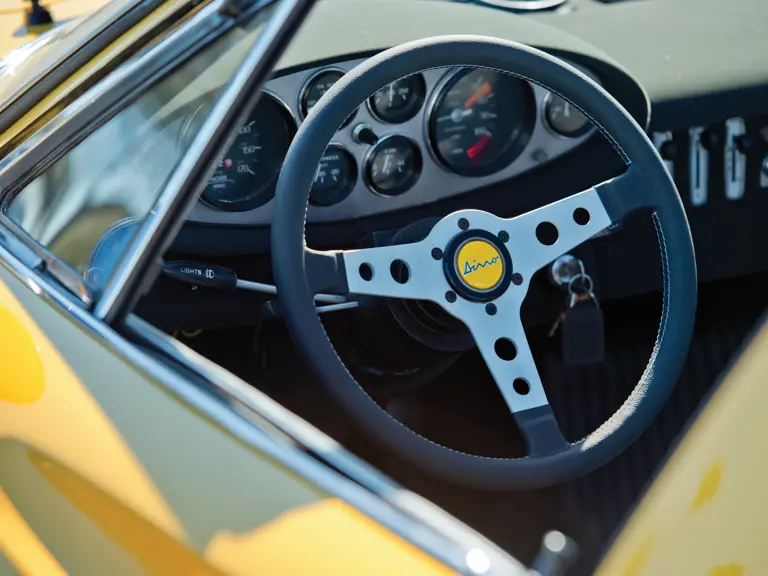
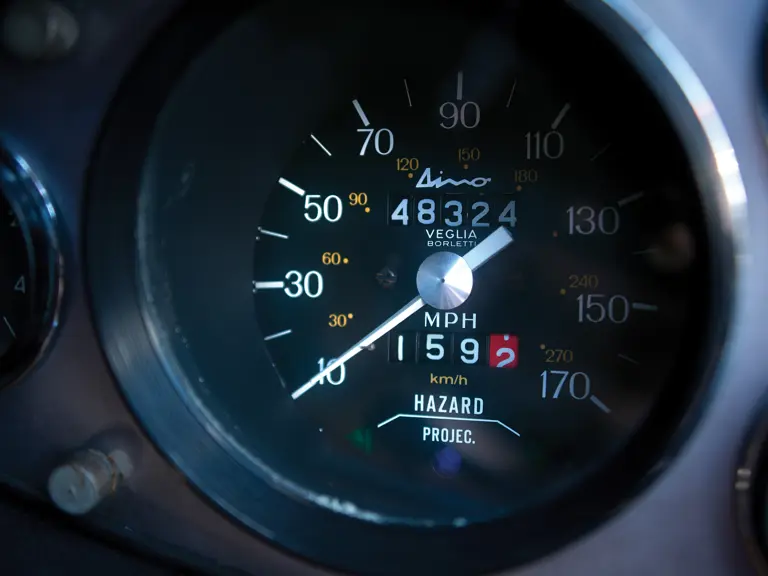
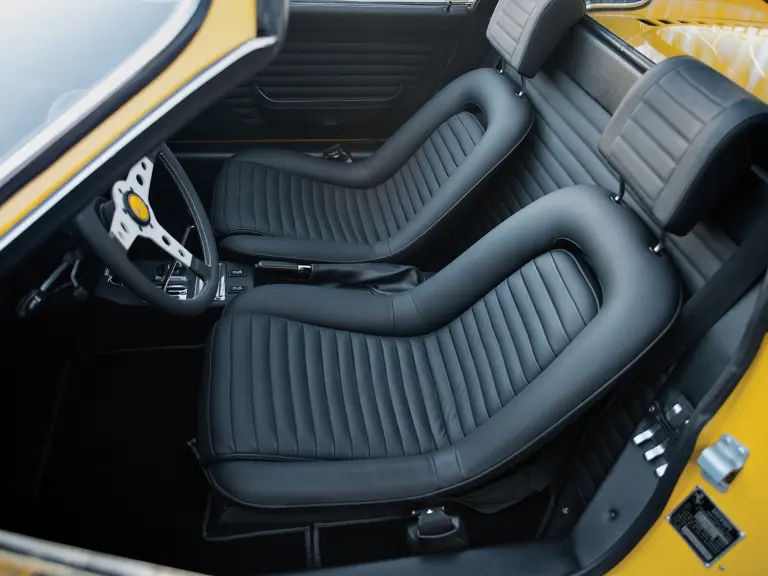
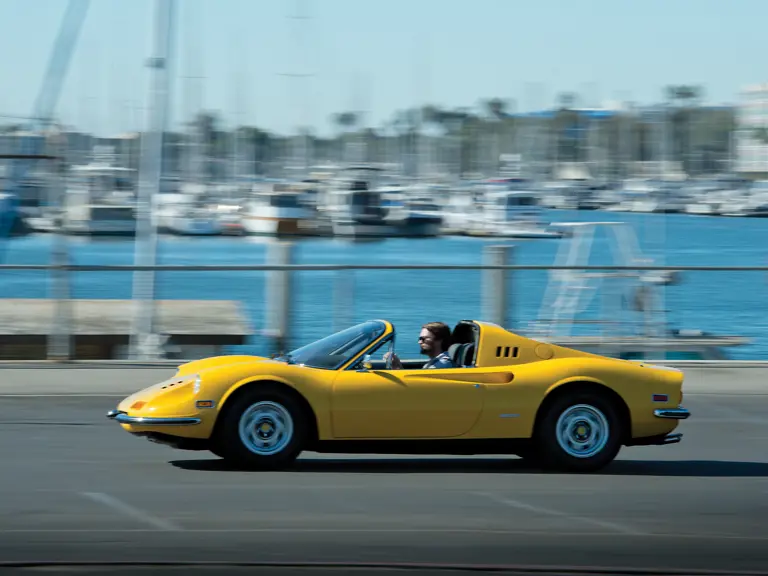
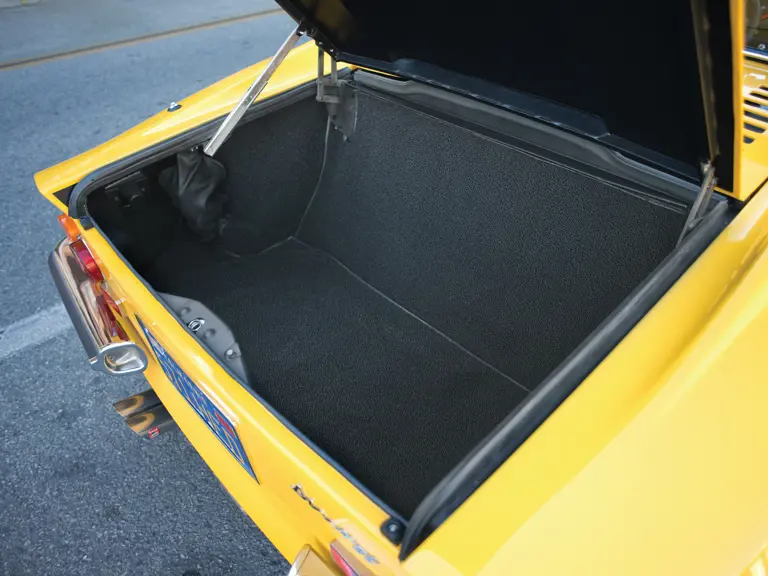
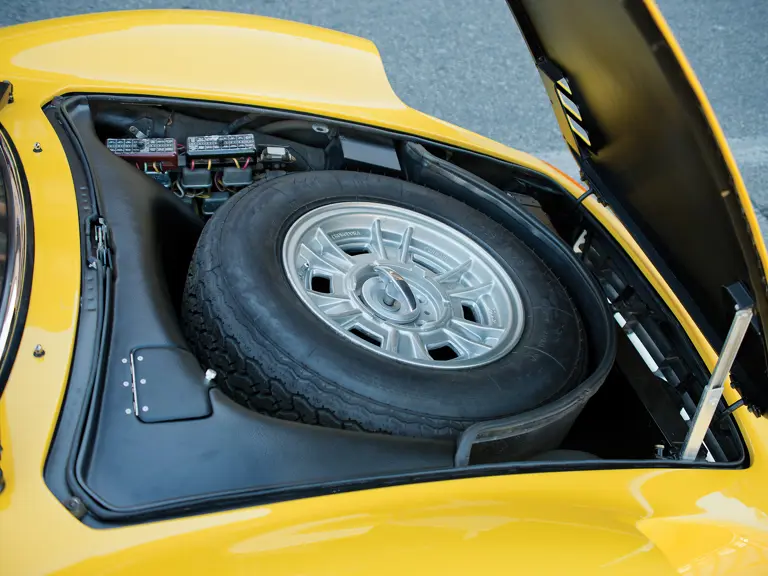

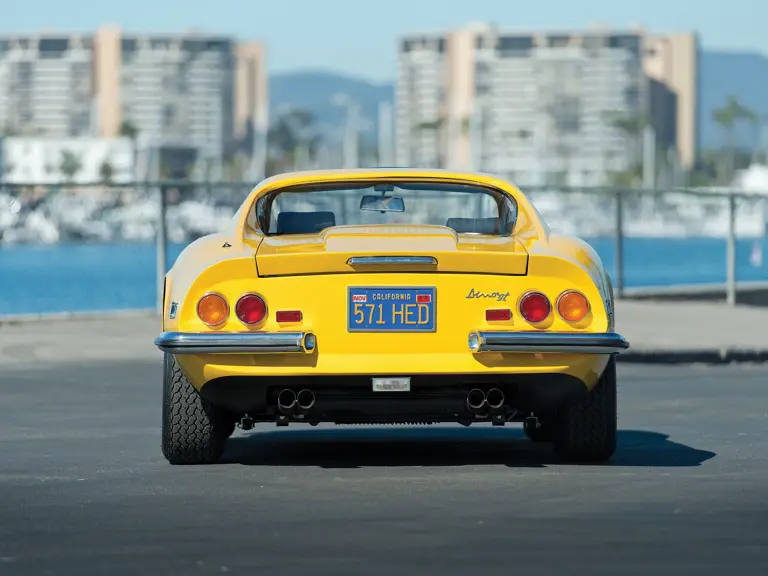
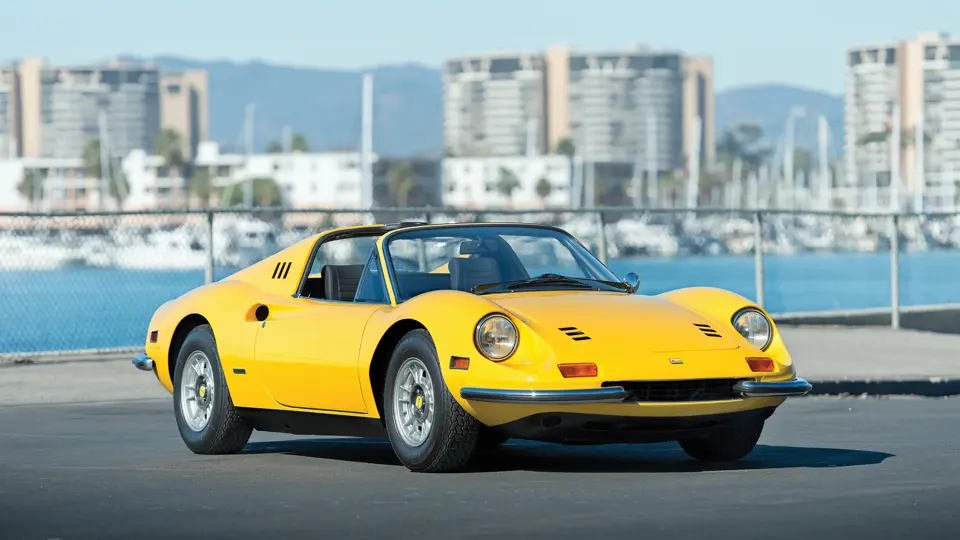
 | Phoenix, Arizona
| Phoenix, Arizona
